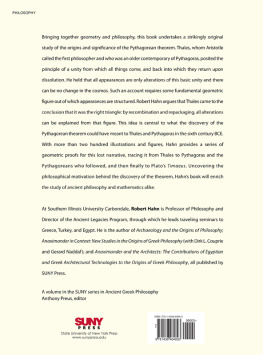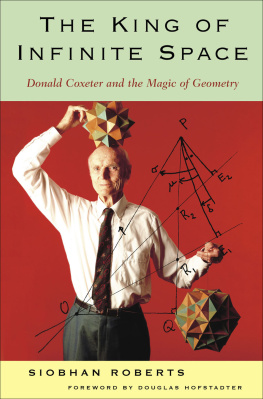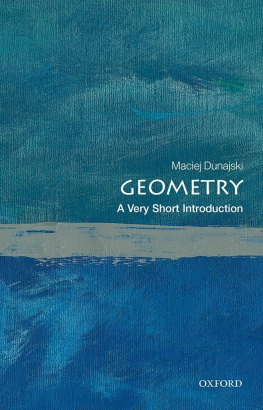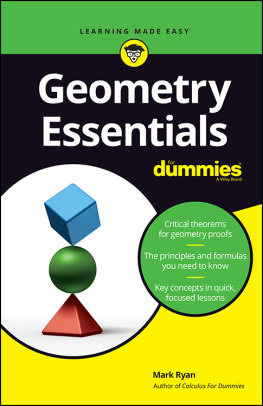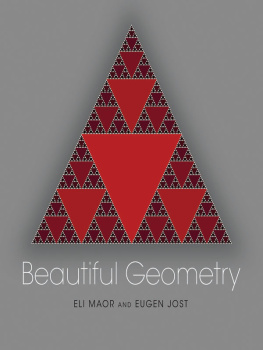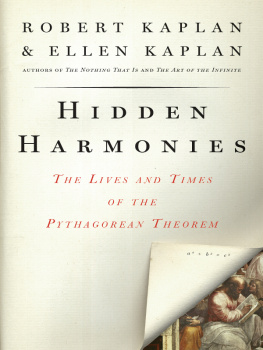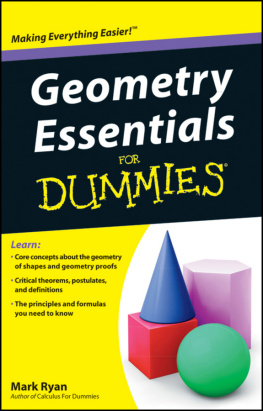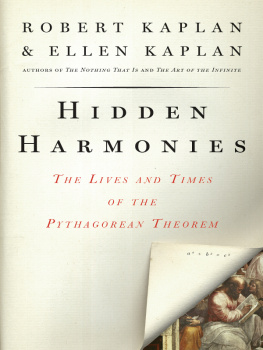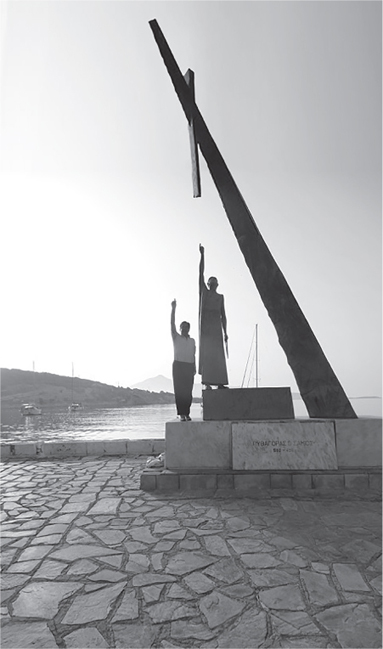The Metaphysics of the
Pythagorean Theorem
SUNY series in Ancient Greek Philosophy
Anthony Preus, editor
The Metaphysics of the
Pythagorean Theorem
Thales, Pythagoras, Engineering, Diagrams, and the
Construction of the Cosmos out of Right Triangles
Robert Hahn
Published by State University of New York Press, Albany
2017 State University of New York
All rights reserved
Printed in the United States of America
No part of this book may be used or reproduced in any manner whatsoever without written permission. No part of this book may be stored in a retrieval system or transmitted in any form or by any means including electronic, electrostatic, magnetic tape, mechanical, photocopying, recording, or otherwise without the prior permission in writing of the publisher.
For information, contact State University of New York Press, Albany, NY
www.sunypress.edu
Production, Ryan Morris
Marketing, Anne M. Valentine
Library of Congress Cataloging-in-Publication Data
Names: Hahn, Robert, 1952 author.
Title: The metaphysics of the Pythagorean theorem : Thales, Pythagoras, engineering, diagrams, and the construction of the cosmos out of right triangles / by Robert Hahn.
Description: Albany, NY : State University of New York, 2017. | Series: SUNY series in ancient Greek philosophy | Includes bibliographical references and index.
Identifiers: LCCN 2016031414 | ISBN 9781438464893 (hardcover : alk. paper) | ISBN 9781438464916 (ebook)
Subjects: LCSH: Philosophy, Ancient. | Pythagoras. | Thales, approximately 634 B.C. approximately 546 B.C. | Euclid. | Mathematics, Greek. | Pythagorean theorem.
Classification: LCC B188 .H185 2017 | DDC 182dc23
LC record available at https://lccn.loc.gov/2016031414
10 9 8 7 6 5 4 3 2 1
At the Pythagoras statue in Samos.
Contents
Preface
In this Preface I have three objectives. I want to (A) explain how I came to write this book, (B) describe the audiences for whom it has been written, and (C) provide a broad overview of the organization of the book.
A
Almost a decade ago, I stumbled into this project. My research for a long time has focused on the origins of philosophy, trying to understand why, when, and how it began in eastern Greece. My approach had been to explore ancient architecture and building technologies as underappreciated sources that contributed to that story, specifically, to Anaximanders cosmology. Anaximander identified the shape of the earth as a column drum, and reckoned the distances to the heavenly bodies in earthly/column-drum proportions, just as the architects set out the dimensions of their building in column-drum proportions. I argued that Anaximander, who with Thales was the first philosopher, came to see the cosmos in architectural terms because he imagined it as cosmic architecture; just as the great stone temples were built in stages, the cosmos too was built in stages. My last book, Archaeology and the Origins of Philosophy , tried to show that since we learned about ancient architecture from archaeological artifacts and reports, research in ancient archaeology could illuminate the abstract ideas of philosophy. Philosophers rarely appeal to archaeological evidence and artifacts to illuminate the ideas of the ancient thinkers; this last project showed how archaeology is relevant and how it may be used in future research. Since my work had focused on eastern GreeceSamos, Didyma, and EphesusI traveled to southern Italy to explore how my work might continue there, in Crotona and Tarento where Pythagoras emigrated after leaving Samos. As I sat at the temple to Athena in Metapontum, a place where, according to one legend, Pythagoras fled as he was pursued by his enemies and where he took refuge until he died in a siege, I recalled a book on Pythagoras I read with great admiration as a graduate student, Walter Burkerts Lore and Wisdom in Ancient Pythagoreanism . Burkert had argued that the evidence connecting Pythagoras with the famous theorem that bears his name was too late and unsecure, and that Pythagoras probably had nothing to do with mathematics at all. That book consolidated an avalanche of consensus among scholars discrediting Pythagoras the mathematician. I wondered if that judgment merited a review, since my research on ancient architecture and building technologies supplied so many contemporaneous examples of applied geometry. Might Burkert have gotten it wrong? And as I started to look into this matter, I tried to recall what the Pythagorean theoremthe hypotenuse theoremwas all about, and whether it might have been known in some different way, as yet unacknowledged. Late reports credit Pythagoras with the theorem, and no other name is connected to it. Although the evidence connecting Pythagoras to geometry was very contentious, the evidence connecting Thales, Pythagorass much older contemporary, to geometry was less contentious. So, I started to see what Thales might have known geometrically, and thus what geometrical knowledge might have been current to young Pythagoras. This is how I stumbled into my project.
I tried first to figure out what the Pythagorean theorem means. I consulted dozens and dozens of books and articles, high school and college math textbooks, and scoured whatever sources I could Google on the Internet. For a long time all the accounts I found read like reports from a math seminar, and almost all explained the hypotenuse theorem in a forward-looking way to later developments in mathematics. But what I wanted to figure out was what it could have meant had it been known by the Greeks of the sixth century BCE, the Archaic period, when geometry was in its infancy and there were no geometry texts in Greece. Had Thales known the hypotenuse theorem, what could it have meant to him? What does anyone know who knows it?
When I reviewed all the distinguished studies in the history of ancient philosophy I could hardly find any study of Thales that showed the diagrams of geometrical theorems with which he is credited. And so I started making diagrams to begin to explore what he arguably knew. I placed the diagrams for theorems next to the ones that would have become evident had he tried to measure the height of a pyramid in Egypt and the distance of a ship at sea, as the ancient reports say he did. Concurrently, I sought to understand the geometrical diagrams connected to the proof of the hypotenuse theorem. At first, I began by thinking in terms of a formula I had learned in high school: a + b = c . Given the lengths of two sides of a right triangle, one can apply the formula and determine the length of the missing side. But it quickly became apparent to me that this was a false start. Here was an algebraic equation, but the Greeks did not have algebra, so I focused more directly on Euclid to remind myself what the geometrical proof was. That proof I recalled distantly from my sophomore year of high school, Euclid Book I.47. According to an ancient commentator, this proof traces to Euclid himself, and hence to circa 300 BCE. Even if Thales and Pythagoras knew the hypotenuse theorem, they did not know this proof. But the evidence for measurements with which Thales is credited showed he was familiar with ratios and proportions, and with similar triangles.

